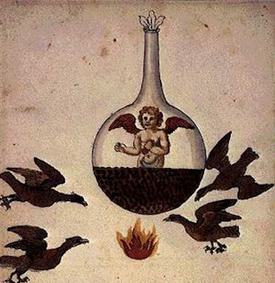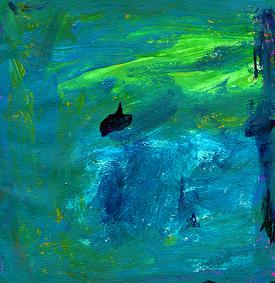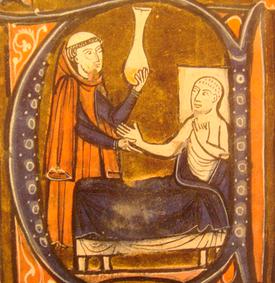
Beginning and End of Life
The first of our four-part series on Health and Medicine, this issue probes the mystery found at the beginning and end of life. It seems no coincidence that it is also this issue that marks the final farewell to our founding editor, Stratford Caldecott, who passed away on July 17 after a protracted battle with cancer. He is greatly missed.


